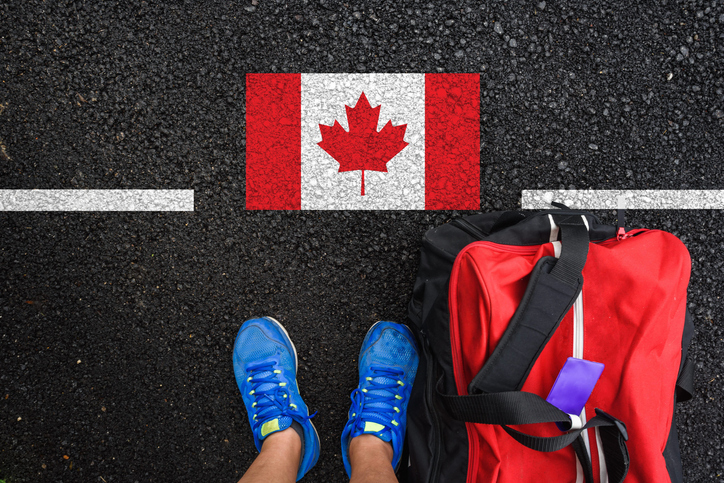
At the outset of the COVID pandemic last spring, public schools across Canada shifted to virtual/remote delivery remarkably well and expediently. Some of the more than 45,000 international students who were enrolled from K–12 in public schools throughout the country headed home to wait out the pandemic with their families, but the majority of students preferred to remain. In fact, many of those who planned to study in Canada until graduation even continued to live with their host families throughout the summer months to avoid having to quarantine upon arriving home and then on their return to Canada. At a time like no other, despite uncertainty and stresses being high, the pandemic bonded international students and their host families more closely than ever before.
As of the start of the new school year, only those students who already held a valid study permit or had been approved for one prior to mid-March 2020 were permitted to enter the country. At that time, our 128 member school boards/districts/divisions across the country reported enrolling just 15,000 international students—less than half of typical international student enrollment for the start of a school year.
Inbound international students needed to comply with the federal government’s 14- day quarantine requirement upon arrival in Canada, and did so either with a host family or in some cases a well-supervised and appropriately distanced hotel arrangement. In addition, our member school boards/districts and homestay staff developed thoughtful and creative ways to remain in communication with the students to support their mental health and well-being as well as to have them engage with each other.
As education is under provincial jurisdiction in Canada, the eligibility for and delivery of virtual/online courses from September 2020 varied across the country. In some cases, only international students who had previously been studying in Canada were permitted to continue online; in others, even new international students destined for Canada could begin their educational programs remotely.
It wasn’t until early October that the Canadian government announced exemptions for international students who had been approved after March. As some schools had shifted to a “quadmester” or quarter system, breaking the school year into four terms to reduce the number of courses taken at a time and therefore the number of different interactions between students and teachers, it enabled some international students to begin arriving in late October for a mid-November start.
In January, new legislation required all travelers arriving by air to have a negative COVID molecular PCR test result within 72 hours of their flight departing for Canada. Despite the short notice for some students and the fact that the new testing requirement didn’t negate the requirement to quarantine for 14 days upon arrival, many of our members reported their largest second semester intake of international students ever. It’s estimated that close to 20,000 international students were studying in Canadian public schools by early 2021.
By late March 2021, an additional requirement of COVID testing upon arrival and on day ten as well as having to complete the first three days of the 14-day quarantine period in government-authorized accommodation while awaiting test results came into effect. Given the unique requirements of supervising and supporting minor children, an exemption to the three-night hotel stay was granted to minors (defined as under 18 years of age) to continue on to their final destinations to complete all 14 days of quarantine. Unfortunately, this exemption was not extended to students who are 18 years of age and enrolled in a high school program or younger minor students accompanied by a parent.
It remains at the discretion of the Canadian Border Services officer as to whether a minor student has their first test at the airport or is provided with test kits to self-administer on day one and day ten. After receiving a negative result from their day ten test and upon completion of the 14-day quarantine, students are permitted to begin studying in their Canadian school communities.
It seems likely that many international students will again choose to spend their summers in Canada to avoid the testing and quarantine requirements of many countries around the globe. As we look ahead to the 2021/2022 school year, quite a number of our members have reported that the many deferrals from last school year and, in some cases, homestay capacity constraints have resulted in their programs being full and registration closing much earlier this year.
We are grateful that Canadian public schools have remained a destination of choice for so many despite these unprecedented times and hopeful that the coming months will bring more certainty and brighter days for all.
Bonnie McKie is executive director of the Canadian Association of Public Schools–International (CAPS-I)/Association canadienne des écoles publiques– International (ACEP-I).







